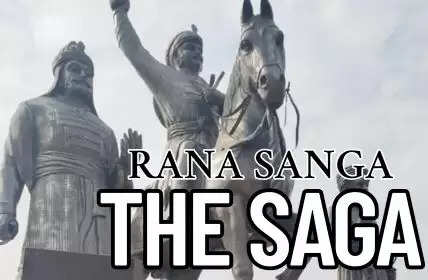There is no Ground to Say That Babur was Invited by Rana Sanga - A Historical Travelogue
Udaipur, March 27, 2025: The Khyber Pass was an entry point to India for centuries. The pass has witnessed many historical events, which changed the destiny of India time and again. Most invaders from the nomadic region, like Huns, Mongols, Turkish, Afghans and Persians, entered India through this pass to loot the vast treasures India had. Some of them made India their home and never returned. Babur's entry, as history says, was a result of his hold and loss of Samarkand province time and again. In his quest for better days, he entered India. Notable heroes who perished in Khyber pass include General Hari Singh Nalwa, the commander of Maharaja Ranjit Singhji, and Raja Birbal, one of the Navratnas of Akbar. A fort was built here by Gen. Hari Singh Nalwa.
Unfortunately, the historical sources available describing the entry of these invaders are their own accounts written by their courtiers. The Indian accounts are mostly in literary prose and, therefore, these testimonials are more literary and blurred as far as history is concerned. Many foreign visitors in the Court of Kings/ rulers have described in their visit notes and, they are of tremendous value. The East India company and during British India, the vast study made by them under the Asiatic Society and other platforms are great sources of history.
In the Medieval period, the most remarkable event was the entry of Babur into India. His entry changed the political setup of India and, an effective Mughal rule came into being, which had total control till 1707, barring a shaky period of Humayun, who lost control after his unsuccessful engagement with Shershah Suri, but regained the same after some time. The Islamic flocks invaded from the west, the first being Mohd Bin Kasim, a young man who had just crossed his teenage years. The authentic source his attack is CHACHNAMA, a book originally written in Arabic, later translated into Farsi and English. A migrant from Baluchistan living in Udaipur named Shri Harish Talrejaji, had translated the Farsi version into Hindi and gave me a copy thereof as a noble gesture.
India’s vast libraries and treasure of knowledge written in enumerable books have been destroyed in wars and invasions and, at the same time, have not been preserved. This includes Jain, Budha, and Hindu religion testimonials too. After Mohd Kasim's attack in 712 AD, it is believed that some concerted efforts made by invaders were resisted with fierce resistance by Bappa Rawal of Chittor, who, with the help of other kings, successfully averted the advances of foreign invaders, and India remained safe for over three and half centuries. One recent study and a book written by Omendra Ratnu made efforts to substantiate this belief, however, this topic needs more study. Some other accounts indicate that the success of Mohd. Kasim in Sindh was reversed in the next half-century courtesy of the Rajput clans.
The Indian peninsula witnessed the rise of Mahmood Ghazni in 10th century AD, after the fall of the Hindu Kabul Shahi king. Ghazni’s expedition was primarily aimed to plunder the riches India and to make slaves of Indians. His tactic was that of loot and run. We know about the infamous loot of Somanth temple, where Gazni was to face the local kings (Gurjar-Partihars) on his return, but he avoided the faceoff and elected a safe passage to Kabul. Some accounts suggest that the Hindu ruler of Gujarat became aware of this lengthy and troublesome venture of Gazni, and, thus, most of valuables were removed to a safer place like Arbuda (Abu), and only heavy artefacts remained in the temple.
After a long lull of 8 decades, India witnessed the next attack by a Turk named Muhammad of Ghor or Muhammad Ghori, whose initial tactics was like Gazni, to loot and run away. However, subsequently, after one such face-off against the legendry Prithviraj Chauhan, the King of Ajmer and Delhi, where after a win over Chauhan his (Ghori’s) slave named Qutubuddin Aibak succeeded in establishing his dynasty in Delhi. Needless to say, in Ghori’s expedition and later in the attack of Aibek on Varanasi and Kannuaj, large numbers of Hindus lost their lives, while the women and children were taken captive and sold in Afghanistan. The next in the list is Taimur Lang (he was lame), who faced challenges in and around Delhi. India was a dominion of small states, each ruled by many kings and clans and no united front could be offered. Taimur was also interested in loot and he succeeded after facing some initial resistance.
The prominent question always looming large before the researchers is as to who promoted Babur to make advances in India. One obvious reason was that Babur could not establish himself in Samarkand, which he gained and lost several times. The other reason is that a dissatisfied general of Ibrahim Lodi of Delhi named Daulat Khan Lodi invited Babur to dislodge the Lodi Dynasty. On one occasion, Daulat Khan, as a goodwill gesture, had sent mangoes to Babur. Getting mangoes as a gift is considered to be a good omen. Daulat Khan, whose governorship of Lahore was insecure, sent his son to Delhi Court to know his position, who returned with his conclusion that Ibrahim Lodi would remove him anytime. To secure his position, most studies confirm that it was Daulat Khan Lodi who invited Babur.
Two years before the famous battle of Panipat against Ibrahim Lodi, Babur made advances in Punjab and went back to gather more strength and military power in the form of men and weapons. However, Daulat Khan was disappointed as he was promised the post of Governor of Ludhiana and not Lahore. On the next expedition of Babur, Daulat Khan moved out of Lahore to a small fort from where he was apprehended, and he died on the way before he could be produced before Babur. Further, two envoys of Ibrahim Lodi visited Babur’s court to ensure word that Babur would not move beyond the Khyber Pass. Other negotiations were made by Alam Khan (Allauddin), an uncle of Ibrahim Lodi, who was believed to be living in exile in Gujarat/ Bihar. Alam Khan wanted that Babur should limit himself to Punjab and Sindh and that he (Alam Khan) would retain Delhi. In certain quarters, the general belief was that Babur would invade, carry out loot and would go back.
The Baburnama is written as a memoir in Hijri year wise and major events of the year are described, some of which are in detail and others just cursory. Like Babur wrote at length about Indian rivers, ponds, fruits, flowers, climate, people, animals, and birds, as well as likes and dislikes. Some parts of the Baburnama are missing, where supplements were added much later. Some parts are in commentary fashion by a third person. In one such supplement after the Panipat victory and his stay in Agra, there is one line description that an envoy of Rana Sanga met him in Kabul. The name of the envoy and the time of such a meeting is missing. What deliberated during such meeting with the envoy is also not described. But he described the meeting with Daulat Khan, envoys of Ibrahim and Alam Khan, with the period of the meeting and what was deliberated between them. If one has a look at the events of 1526 (when the Panipat-I was fought), Rana Sanga was busy in Rajputana and Central India around Mewat, North and Central Madhya Pradesh of present days and cementing his position as a formidable candidate to rule Delhi. There is no mention that Rana played any role for or against Ibrahim Lodi or Babur in the Panipat war. It was well known that Ibrahim Lodi and Rana Sanga were enemies. In one earlier battle, Rana lost one of his arms against Ibrahim Lodi, but it was Lodi who had to retreat.
The Lodi ruler of Delhi knew of well the advanced made by Babur and thus, Ibrahim Lodi prepared himself to face Babur. However, the court of Lodi was divided on a conflict with Babur. His weaponry was traditional and gunpowder was not in use till that time. The battle of Panipat unfolded in April, 1526 and headcount-wise army of Lodi was thrice or even more compared to Babur, but he lost the war. Ibrahim Lodi was slain in the war and his dead body was recovered among slain soldiers.
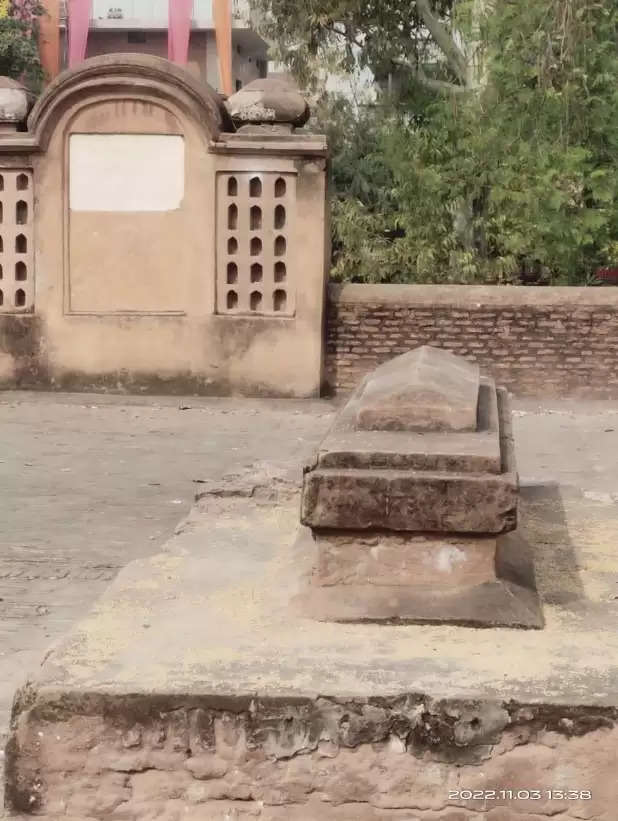
Rana Sangram Singh & Babur
The happenings in North India were closely monitored by Rana Sanga, the ruler of Chittaur, whose vassal states were touching Agra and Central India (present-day MP). The famous Khandar Fort (in Sawai Madhopur) and Bayana were won by him and his appointed Rajputs and Muslims were ruling those areas. His supremacy was acknowledged by other rulers of Rajasthan. He repeatedly defeated the Sultans of Malwa and Gujarat. The Sultan of Malwa was arrested and was kept in captivity for six months and released later on assurance of peace and payment of damages. He added Malwa to his domain and extended his kingdom up north towards Sikri near Agra.
Sultan Bahadur Shah of Gujarat was defeated by Rana and, in turn, ceded Abu in his region. Colonel James Tod appropriately described his victory over Gujarat and Malwa’s combined forces as that eighty thousand horses, seven Rajas of top rank, four chieftains bearing the title of Rawal / Rao or Rawat with over 600 elephants followed Rana to the field. The rulers of Marwar and Amber (Jaipur) accepted him as a leading commander. The Kings of Gwalior, Sikri, Raisen, Kalpi, Chanderi, Bundi, Idar, Dungarpur, Gagnaum, Rampura and Abu served him as his tributaries.
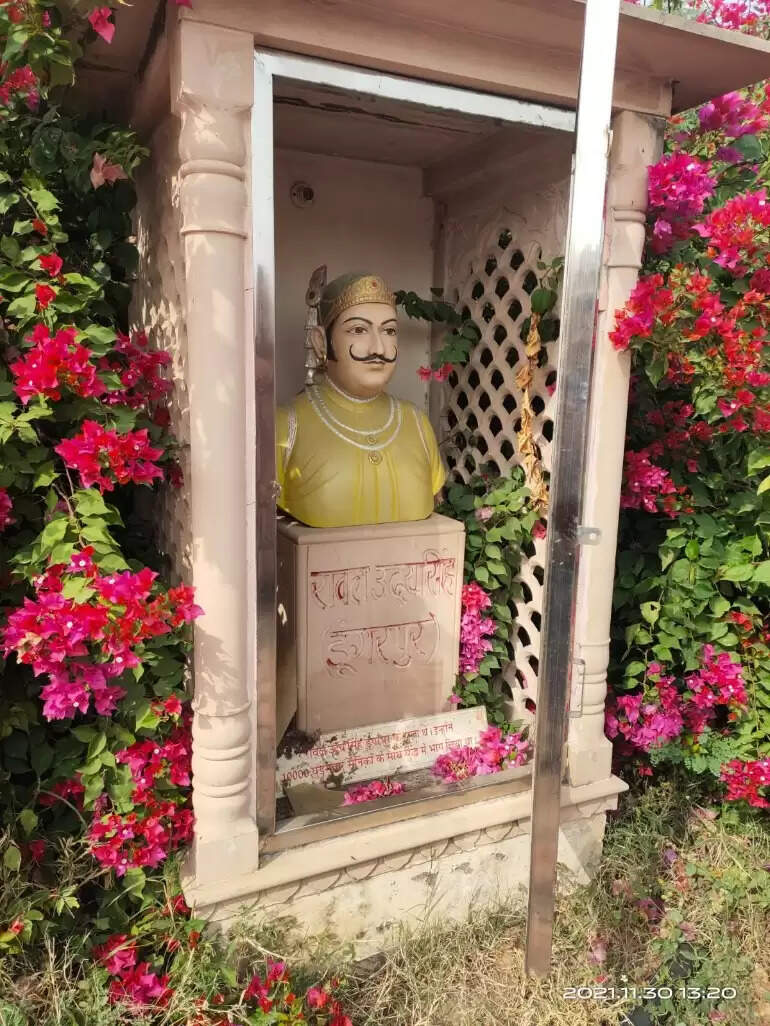
Rana Sanga had knowledge of negotiations and understanding between Daulat Khan and Babur, but he had his own plan for Babur and Ibrahim Lodi that after Panipat, both Ibrahim and Babur would be weakened and his formidable confederacy would be enough to crush the foe.
It is a fact that Khanua was very near to Fatehpur Sikri in Rupbas Tehsil of present day Bharatpur the forces of Babur and Rana stationed themselves and there was no attack from any of the sides for almost 24 days. It is believed that there was a move from Babur to call for a truce. Silhadi (Siladitya), with over 30000 soldiers, was the biggest ally of Rana. Silhadi has participated in talks and advocated to reach a treaty, which was totally refused by other allies.
In the entire study, I failed to understand why there was no move from the Rana side for such a long time. A peace talk cannot last for such a long time. This delay helped Babur to a great extent, where he dug canal-like trenches to minimize the swift advancement of Rana. The cannons were stationed at chest height to save his soldiers. The gaps were blocked with chains and lather ropes. Babur himself did not fight but moved in his ranks and files with words of encouragement. In Baburnama, the description of the battle of Khanua is very little as if it was a friendly match between the two.
The scenario before war has been described vividly that he was in a weak position; his soldiers who participated in Bayana conflict were with full praise for Rajput forces; the encouragement he made in his army that he had no option but to fight in this foreign land; the Islamic belief that in event of win they would be termed Gazi and if killed would be called martyred; destroying his wine vessels; donating these valuable empty wine vessels made of gold and silver to fakirs; forecast of his astrologer that he is going to lose the war etc are described at length.
On a visit to the Khanua site today, one may see a hill in the all-around plains area. The hill has a height equal to a four-storey building and the length may be 350 meters. A monument has been constructed atop by the government of Rajasthan.
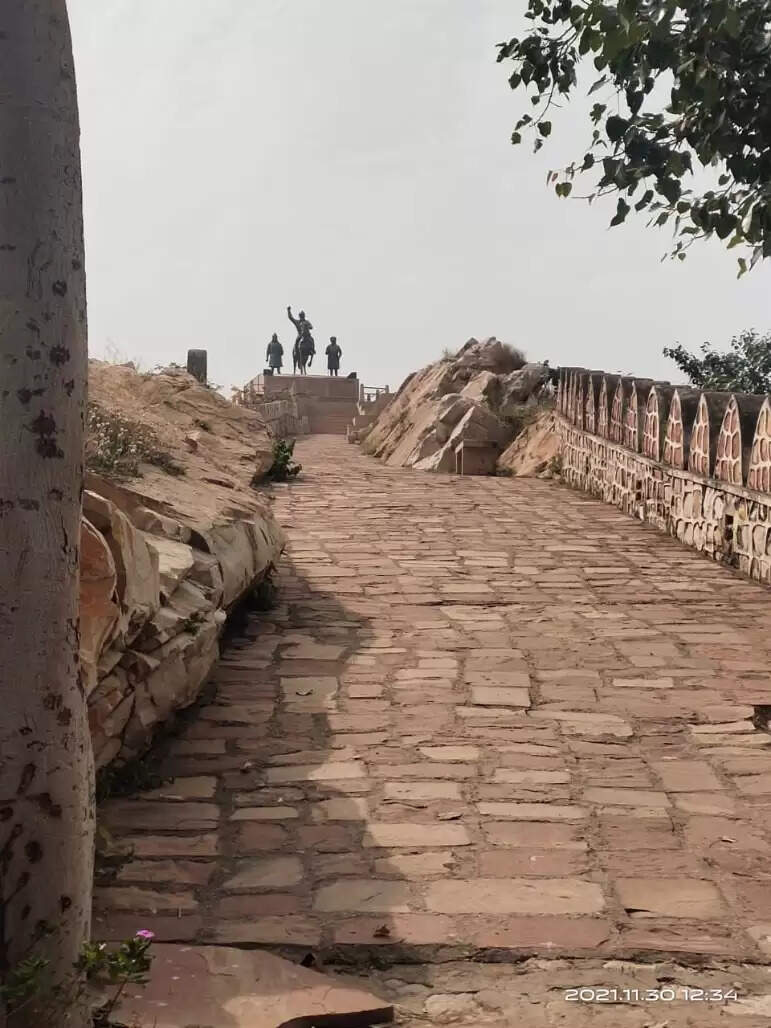
The village is small and, half of the population is of Mewati Muslims. The Mewati Raja Hasan Ali was with Rana in the war. At the relevant time, he was the only ruler designated as Raja (not Sultan or Nawab etc). Often a comparison is drawn that while Hasan Ali Khan, who was titled as Raja of Mewat was with Rana, similarly, Hakim Khan Sur (an Afghani Pathan) was with Rana Pratap as an artillery head in the battle of Haldighati in 1576, thus, it was not a Hindu-Muslim war. A verse is quoted in this regard read as:
अज़ान सुण मस्ज़िद गया झालर सुण मंदरा।
रणभेरी सुण राण री मैं साथ गया समरा।
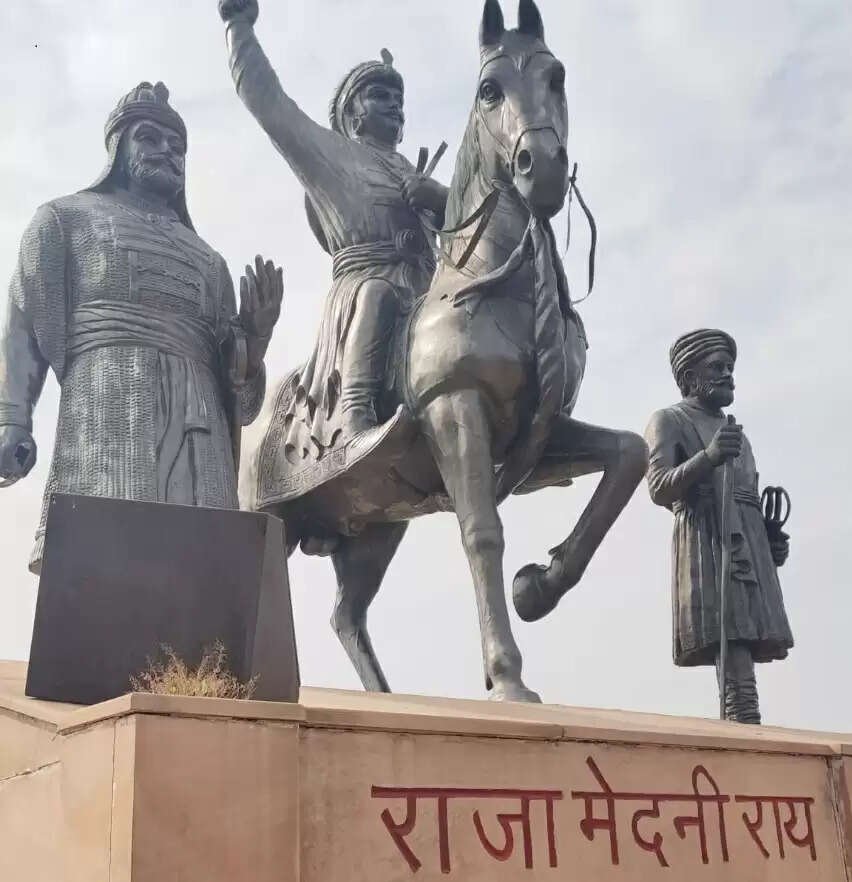
The Rajput confederacy was put together by Rana Sangha with a superior number of fighters, but they were facing the gunpowder and cannons for the first time. Rana was confident as his forces defeated a part of Babur’s army in the battle of Bayana just 27 days before the Khanua war. They had bright chances of overrunning the Babur’s army. As said earlier, barely 27 days before the Khanua war, the forces of Babur and Rana were face to face for the fort of Bayana in Rajasthan near Bharatpur. The forces of Rana successfully drove out the Mughal forces and there were big casualties in the Mughal army. The remnant soldiers of the Mughal army described the heroic act of the Rajput forces and gave a message that they are now going to face a different army and it is not like Ibrahim Lodi's forces. An astrologer named Mohammed Sharif predicted the defeat of Babur. Babur was left with no option but to face his foe in a foreign land and, there was no way left to retreat. The attack was made by Rajputs and within the first two hours, there was a total break of co-ordination in the Mughal army. However, they had a plus point of gunpowder. And the reserve contingent came to their rescue.
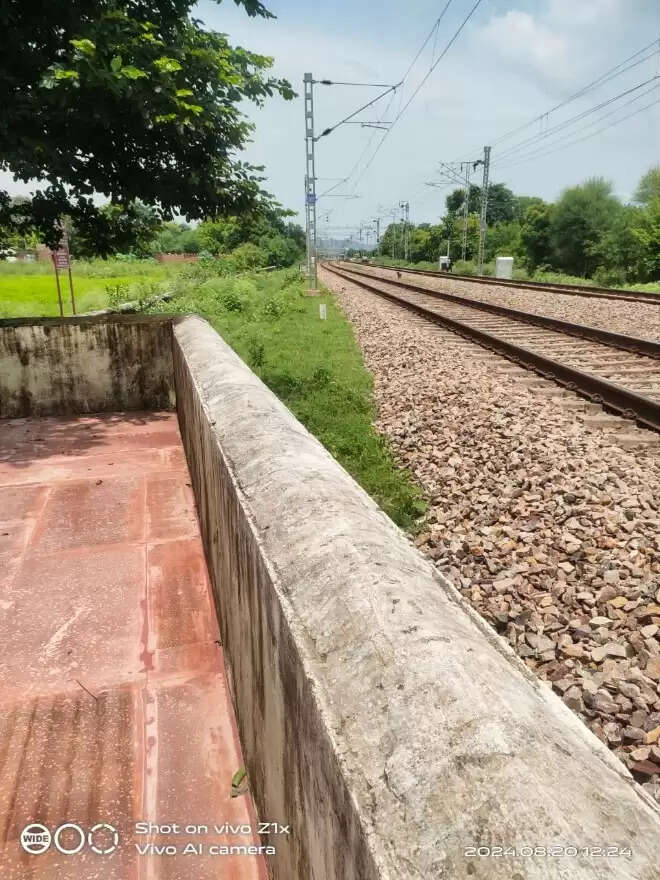
History also favoured Rana, who defeated the Sultans of Gujarat and Malwa more than once. He faced Ibrahim Lodi and made Lodi retreat. Before Khanua war, in various battles he lost his one hand an eye and had number of wounds on his body. A proven and time tested warrior of his class, whose supremacy was accepted in Rajpuatna and he was in Khanua along with forces of Marwar, Jaipur, Mewat (Hasan Khan Mewati), Dungarpur, Raisen, Bundi, Bikaner, Kota, Chanderi, Gwalior and Idar. Most notable among them were Hasan Khan Mewati of Mewat and Medini Rai of Chanderi. Here, there is an interesting story that Hasan Khan Mewati’s son was in the captivity of Babur before the Khanua war Babur released him as a goodwill gesture in anticipation that Hasan Khan would support him. However, Hasan Khan decided otherwise and he remained with Rana.

Even after the elapse of 500 years (March 16, 1527), today, one may see that one side of the hill of Khanua facing the Babur military bears small but continuous marks of gun powder on rocks, while the other side is plain. Cannon played havoc, and big gaps emerged and were swiftly filled in with fresh Rajput enforcement.
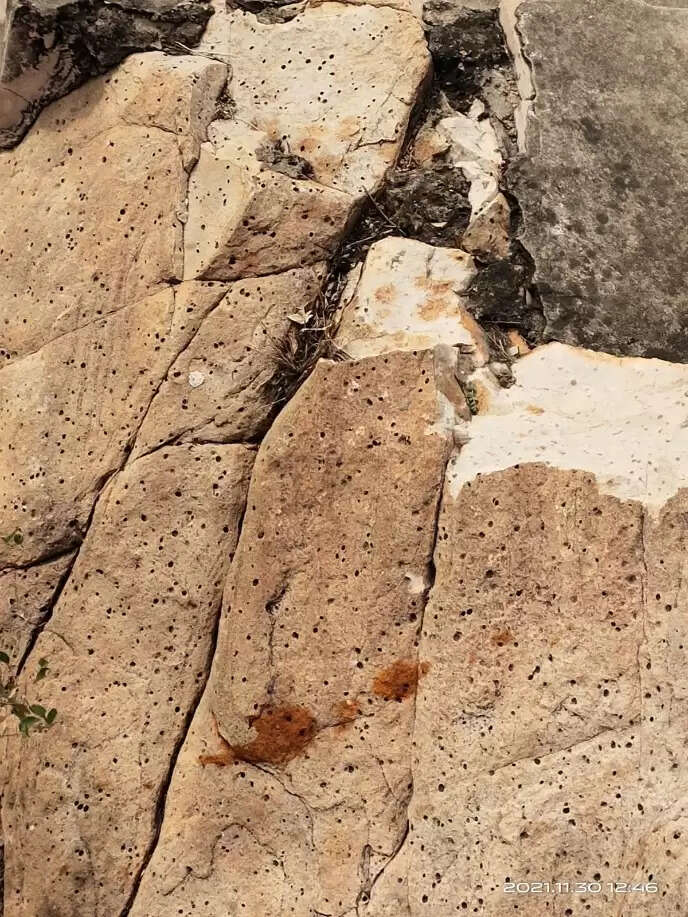
In the large army of Rana, the commanders like Medini Rai, Hasan Khan, Mehmood Lodi, Ratan Singh of Merta, son of Jodhpur King Maldev Rathore, Hada of Bundi, and Idar King have participated with their soldiers ranging from 4000 to 10000. These figures find reflection in Baburnama and are endorsed by later researchers.
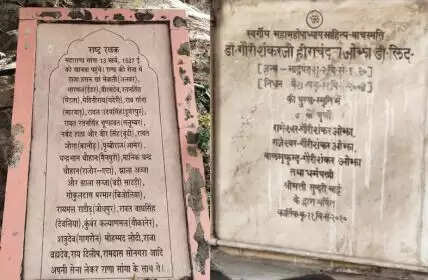
Most of the studies agree that at this crucial stage, one arrow hit Rana’s head and he fell unconscious. He was removed from the battlefield with security. His place was offered to the Chieftain of Salumber (Chundawat clan), but he refused politely since his ancestors had given up the traditional claim of Chittor Rana throne in favour of younger brother (Ranawat Clan). Ultimately, the war was led by Ajjaji Jhala, a migrant of Halvad in Gujarat. He, along with his brother named Sajjaji was denied the seat of Halvad by a stepmother and thus they first went to Sultan of Gujarat for justice. Their grievances were not addressed, so they decided to leave Gujarat and went to Kumbhalgarh, with a brief stay in Jodhpur. Ajjaji was similar in appearance, health and height and resembled Rana Sanga. In this melee, the advantage that Rana had was lost and war was decided in favour of Babur.
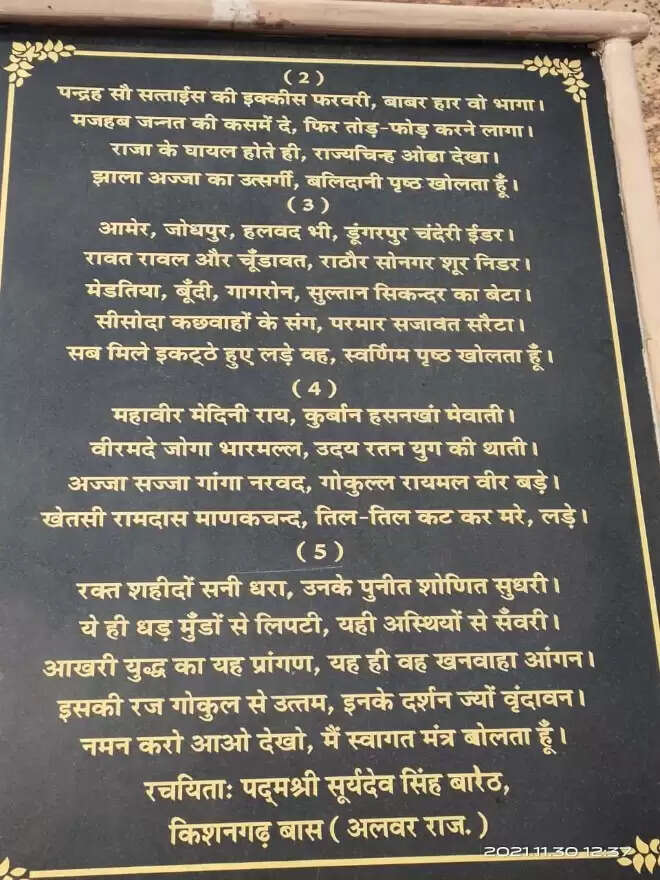
Researchers/writers like Col. James Tod wrote that after injury to Sanga, the Raisen king switched sides and joined Babur. However, Sir Jaddunath rubbishes this claim. Had Shiladitya changed his loyalty, after the war he was required to be rewarded suitably by Babur, but nothing of that sort happened. It is also mentioned by a few that after his victory Babur slain Silhadi. This is also not true as enough materials are available, which concludes that Siladitya Tomer, in order to save his Raisen seat under pressure from the Sultan of Gujarat, converted to Islam. However, Raisen went under the control of his younger brother. Siladitya agreed to negotiate with his brother when Sultan attacked Raisen. However, after entering the fort, he found that ladies and children were committing jauhar. This moved Silahadi to a great extent and he decided to fight against the Sultan in which he was martyred along with his brother.
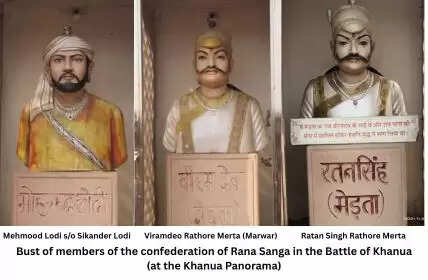
After defeat, Rana survived for one and a half years and is believed to have fought Babur again in the Kalpi (UP) war. Here, the dissatisfied generals of Kalpi Rajputs, who wanted to avert war, poisoned Rana. He died 3rd days later at a place named Baswa, located near Bandikui (Alwar). His cenotaph is under renovation, as seen during my visit a year ago. The renovation is being done by the royal scion of Udaipur. The place falls just adjoining the rail line and to remove the rail line curve, there was a proposal to shift his cenotaph, but the same was averted. His last rites were performed in Mandalgarh (Bhilwara). The place where the last rites were performed is not known exactly whether the same was in the fort or outside in the Mandalgarh town. Incidentally, the tomb of Ibrahim Lodi was also shifted to a shabby, small garden from the grand trunk road in the city of Panipat. The grave is used for feeding pigeons in the morning.
In his lifetime, Rana Sanga suffered 80 wounds on his body, lost his one eye and one hand, and was hit by an arrow in his leg. This was the first united appearance of Rajput clans. Subsequently, in ‘Hurda Meet’ and ‘Pushkar Meeting’, resolutions were passed to unite and fight, but that never materialized. During Aurangzeb’s reign, when his son Akbar revolted and joined the Rajput camp of Jodhpur, a united challenge was made, but the shrewd Aurangzeb managed to overcome the threat and spread the rumors that at a crucial juncture, Akbar would betray Rajput and join his father.
Thus, it is considered view as derived from various sources that there is no force in the allegation that Rana Sangram Singh-I (Rana Sanga - 12 April 1482 – 30 January 1528) had any understanding with Babur. To the contrary, the efforts begun with Sangram Singh I continued till, the time of Rana Sangram Singh-II (1734) barring a peaceful time in the regime of Rana Karan Singh and Jagat Singh following a truce arrived at in 1615 between Jahangir and Rana Amar Singh-I. There is no ground to say that Babur was invited by Rana Sanga.
My sincere gratitude to Late Har Parsadji Meena, Supdt, who was our host during 3 days visit to Bharatpur just after COVID-2 lockdown.
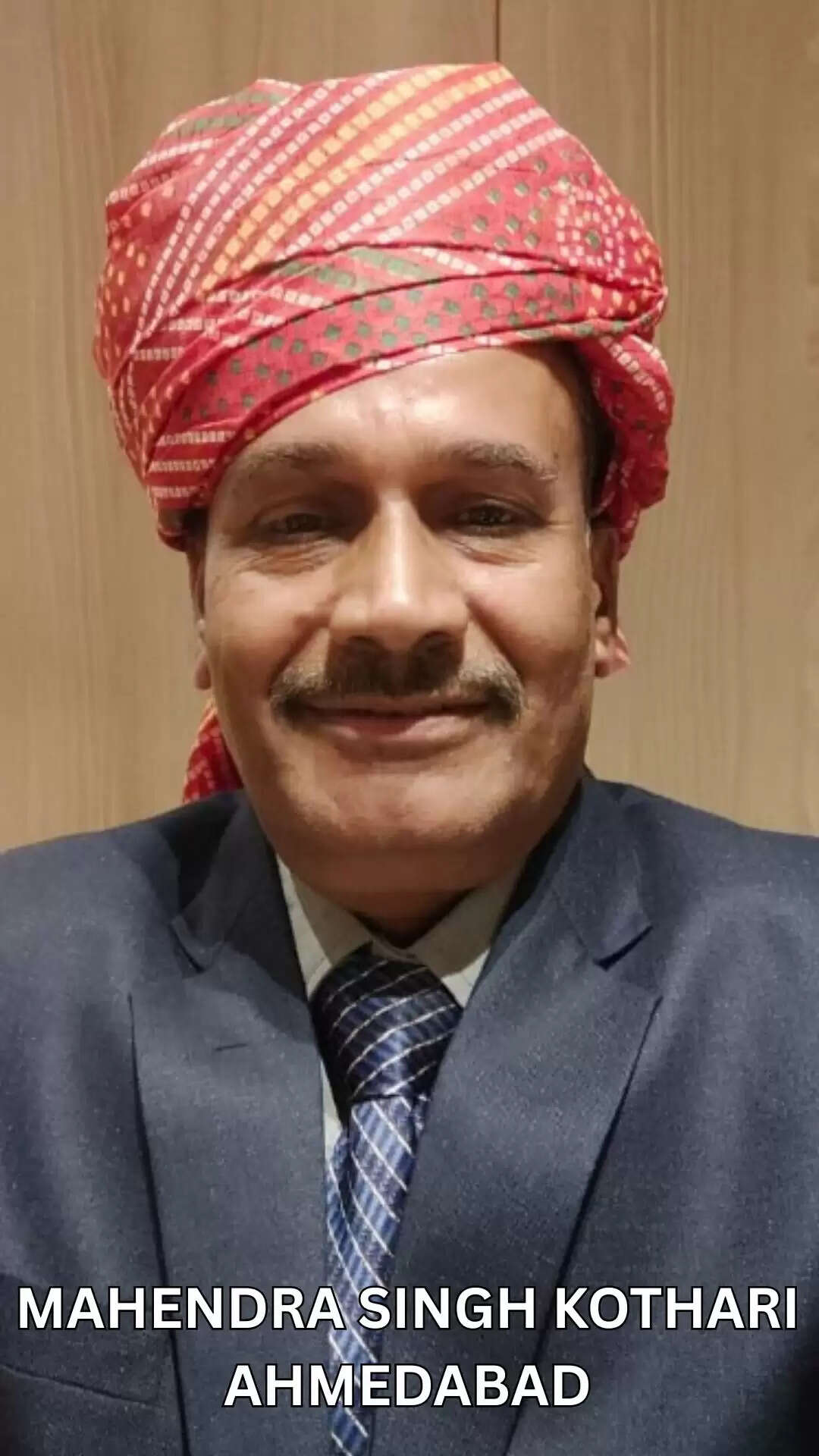
Mahendra Kumar Kothari, Ahmedabad, April 4, 2025.
To join us on Facebook Click Here and Subscribe to UdaipurTimes Broadcast channels on GoogleNews | Telegram | Signal



